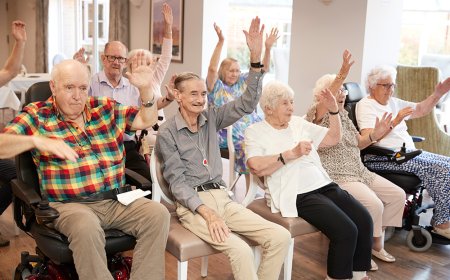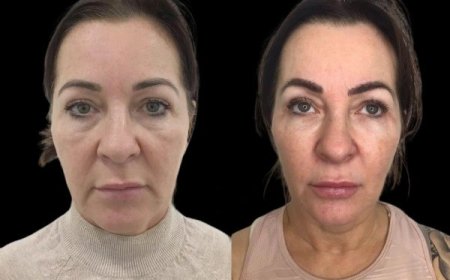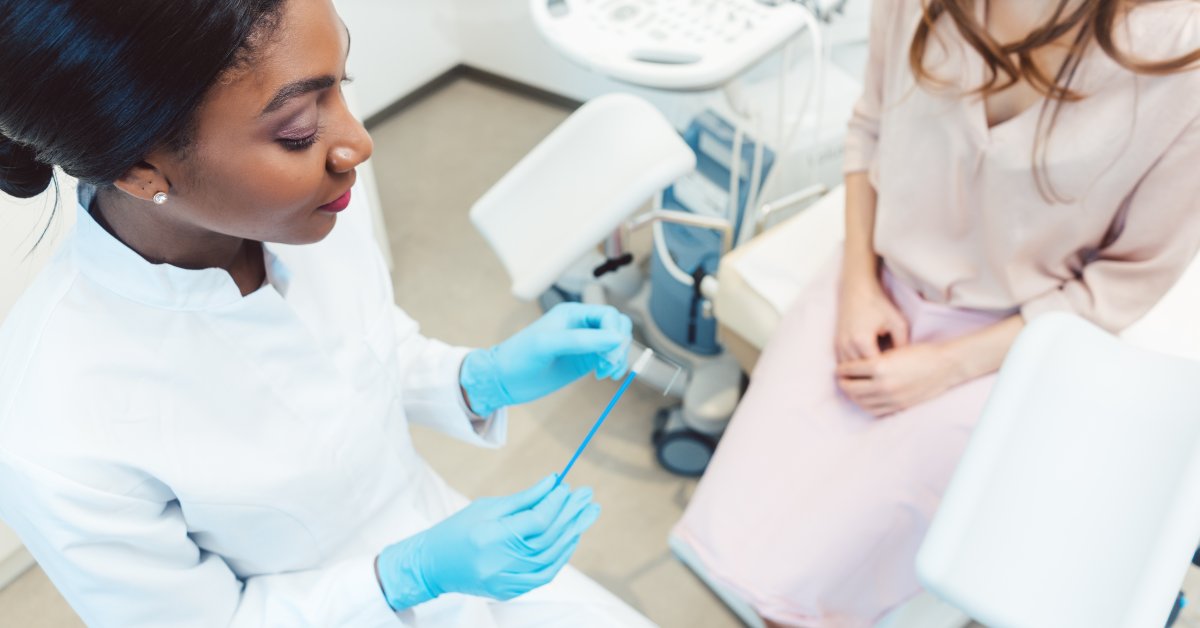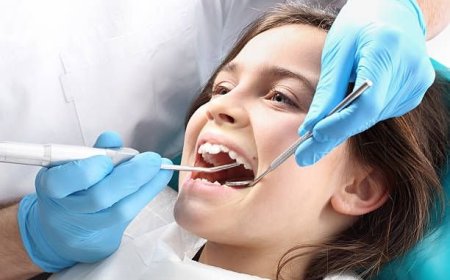When Should You See a Varicose Veins Doctor? 7 Warning Signs You Can’t Miss
Youre standing in line, waiting for your morning chai, and you notice them: thick, twisted blue lines bulging under the skin of your legs. Or maybe you feel that familiar ache after a long day at the office chair. Varicose veins are prevalent here in India, where heat, long hours on our feet (or sitting), and genetics team up against our vein health. But when do those twisted veins move from a cosmetic worry to a real health signal? Knowing the answer could save you from pain, swelling, or worse. Lets talk about the 7 clear warning signs that shout, "Its time to see a varicose veins doctor."
1. You Can See AND Feel Those Bulging Veins
This is the most obvious sign. Were not talking about the tiny spider veins (those fine red or purple webs). We mean veins that look like raised, ropey cords winding under your skin, often blue, purple, or flesh-colored. They might feel lumpy or twisted when you run your fingers over them. If your veins look like this, especially around your calves or thighs, its more than skin deep. It often points to valves inside the vein not closing properly, letting blood pool. Thats your first clue to talk to a varicose veins doctor.
2. Your Legs Feel Like Concrete Blocks by Evening
You know that feeling. After standing all day at your shop or sitting through back-to-back meetings, your legs feel incredibly heavy, tired, and just weighed down. Its more than normal tiredness. This heavy, dragging sensation happens because pooled blood in weak veins creates pressure. It often gets worse as the day goes on or in hot Indian summers. If you find yourself constantly needing to prop your feet up on a stool after work, your veins are asking for help.
3. Aching, Throbbing, or Cramps Keep You Up at Night
Varicose veins arent always silent. Many people feel a constant dull ache, sharp throbbing pains, or sudden muscle cramps, especially in the calves. You might notice it flares up after sitting too long (hello, office jobs!) or standing still. Sometimes, it hits hardest at night, waking you up with a painful charley horse. This pain isnt just "getting older." Its a direct signal from stressed veins. If pain makes you wince or interrupts your sleep, a varicose veins doctor can find the source.
4. Itchy, Burning Skin Right Over the Veins
Ever feel an intense itch or burning sensation specifically on the skin covering a bulging vein? Its not dry skin or a random rash. Pooled blood irritates the skin and nerves. You might scratch without relief, sometimes making the skin raw. This focused irritation is a red flag for inflammation caused by vein pressure. Dont ignore that nagging itch its your skin saying somethings wrong underneath.
5. Your Ankles or Calves Swell Up Like Balloons
Notice your ankles looking puffy, especially after a long day? Do your shoes or mojarras suddenly feel tight? This swelling (doctors call it edema) in the lower legs or ankles is serious. It happens when weak veins leak fluid into surrounding tissues. While swelling can have other causes, if it occurs alongside visible varicose veins and that heavy feeling, it strongly points to vein trouble. Consistent swelling deserves a professional look from a varicose veins doctor.
6. Skin Color Changes or Gets Tough Near Your Ankles
Look down at your ankles and lower legs. Do you see patches of skin turning a reddish-brown or rusty color? Does the skin feel unusually dry, flaky, or even thick and leathery? These skin changes are major warning signs. They happen because poor circulation starves the skin of oxygen and nutrients. Ignoring this can lead to much bigger problems. If your skin looks or feels different around your varicose veins, see a specialist fast.
7. An Open Sore Forms (Especially Near Your Ankle)
This is the most urgent sign. A painful, slow-healing open wound (called a venous ulcer) often appears near the inner ankle. It might start small, but can grow larger and deeper. These ulcers form because long-term vein pressure and poor blood flow severely damage the skin. They are prone to infection and can take months to heal without proper vein treatment. If you see ANY open sore near your ankle that wont heal, see a varicose veins doctor or your regular doctor immediately.
Why Waiting Makes Things Worse
Brushing off varicose veins as "just ugly" is a mistake many regret. Untreated vein valve problems are progressive. Ignoring the signs means:
Your symptoms (pain, swelling, heaviness) will likely get worse.
Skin changes can become permanent and lead to stubborn ulcers.
The risk of superficial blood clots (phlebitis) increases.
Daily life and mobility suffer.
Seeing a varicose veins doctor early stops this downward slide. Modern treatments are simpler and more effective than ever.
What Happens at a Varicose Veins Clinic?
Visiting a specialist like IR Facilities in India is easier than you think. Heres what typically happens:
You Talk, They Listen: The doctor asks about your symptoms, daily life, work, and health history. Be honest about how your legs feel.
A Close Look: They visually examine your legs while you stand and sit, checking vein patterns and skin health.
The Key Test - Painless Ultrasound: This is crucial. A technician gently moves a probe over your legs using sound waves (no needles!). It creates a real-time map showing blood flow, valve leaks, and any clots. This tells the doctor exactly whats wrong.
Your Plan, Explained Simply: Based on the findings, the doctor explains your diagnosis in plain language and discusses the best treatment options for you. No pressure, just clear choices.
Modern Fixes: Easier Than You Imagine
Forget scary old surgeries. Todays treatments at clinics like IR Facilities are minimally invasive outpatient procedures:
Laser or Heat Treatment (EVLA/RFA): For larger problem veins. A tiny tube (catheter) goes into the vein. Laser or radiofrequency energy gently seals it shut. Blood reroutes naturally. Done under local anesthesia you walk out the same day.
Sclerotherapy: For smaller veins. A special solution is injected into the vein, causing it to collapse and fade over weeks. Sometimes guided by ultrasound for precision.
Glue Treatment (VenaSeal): A medical adhesive seals the faulty vein shut.
Mechano-Chemical Ablation (MOCA): Combines a tiny rotating wire with a solution to close the vein.
Your varicose veins doctor will choose the safest, most effective method for your specific case.
Dont Let Your Legs Hold You Back
Your legs carry you through markets, up stairs, to temples, and around your home. Constant aching, swelling, or worrying about ulcers steals your comfort and freedom. Those visible veins are more than surface deep theyre often a sign of an internal circulation issue needing attention.
If you recognize even one of these seven warning signs especially if you live in Indias heat or have a job keeping you on your feet or seated for hours take action. Waiting rarely makes vein problems better.
Consulting a specialized varicose veins doctor at a trusted centre like IR Facilities gives you access to accurate diagnosis (thanks to that important ultrasound) and the full range of modern, gentle treatments. They understand the unique challenges faced in our climate and lifestyles.
Take back the comfort of light, pain-free legs. Pick up the phone and schedule a consultation with a varicose veins doctor today. Your future self, walking comfortably in your favorite chappals or saree, will thank you.

































